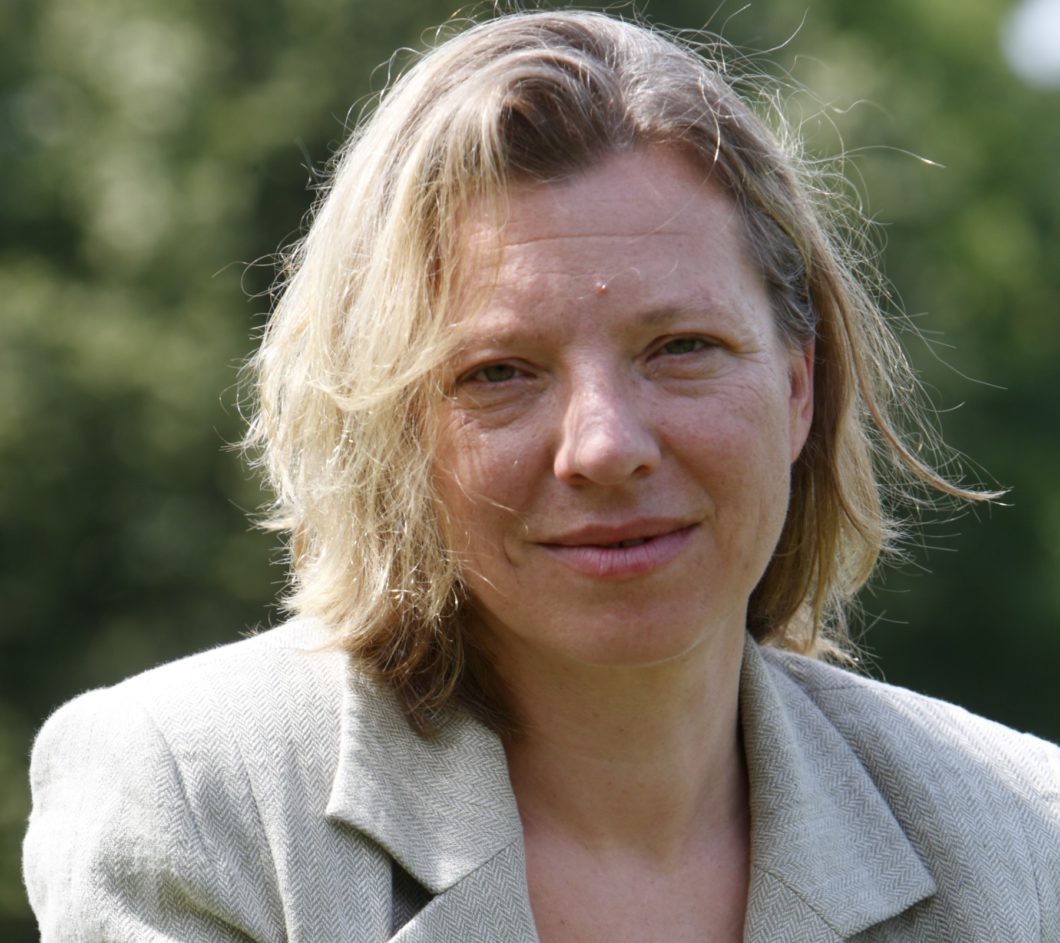
What single concept or skill do you feel is most important for your students to learn, and what is your approach to teaching it?
Journalists and scientists often consider themselves antagonists, with journalists scoffing at scientific jargon and scientists railing about the media’s tendency to abbreviate. What I try to convey to my students, many of whom come from the sciences, is that the two groups actually have more in common than they think. Both journalists and scientists pursue the truth; both submit to peer review (in journalism, it’s called editing), and both strive for independence from funders and politicians. It’s empowering for journalists to understand this kinship. When scientists understand it, communication improves immeasurably.
I try to find visceral ways to convey this phenomenon. For example, I have my students write a summary blurb (the kind big journals like Science and Nature put out for the press to promote coverage of recent studies) about a journal article written by a University of Montana scientist. I present the scientist with those blurbs and ask her/him to rank them, while I do the same. We then compare the rankings and discover (duh!) that I put a premium on context and simplicity, while the scientist puts a premium on detail and accuracy. The scientist then visits the class and we discuss those differences. Once we have them out of the way, it’s easy to identify areas of agreement. Wham!
What specific skills-related experiences outside the classroom do you think are most important for students to have in their training?
No matter how much the media are changing, time and space are still the main constraints journalists have to deal with in serving the public. The only way to truly experience those constraints, and learn to overcome them, is to spend time in a newsroom. That’s where students learn how to finish stories on deadline; to cut, and tighten, and cut again; and to pick themselves up the next day and do better. Thus, every day a student spends as an intern in a newsroom is time well spent. And I’m not even talking about the connections and references gained from an internship—those can never be provided by a professor.
Today’s students tend to conduct their research on the Internet and via email. This makes for bloodless stories. They need to get out more, to see, hear, feel, and taste the news.
What have you learned in your own career that you most hope to convey to your students?
Journalism requires both collaboration and a healthy dose of skepticism. On the one hand, I learned to build trust to get people to open up, whether they are scientists or ranchers or city dwellers. On the other hand, it’s important to realize that people embellish, omit facts, or even lie to protect their interest. The key, for me, is to be well prepared. Before I go to a press conference or an interview, I play questions through in my head and arm myself with facts. I formulate questions that pertain to the “what,” “how,” and “why”; I determine ahead of time which questions are crucial and which ones are ancillary. I never do any reporting without preparation, even if I only have half an hour to perform a quick Google search and jot down a list of questions. It’s what you learn at a wire service: You will most likely not have another opportunity, so you better get it right the first time.
What textbooks and other reading do you use in your teaching?
I rarely use textbooks; much of journalism is about voice, and so is teaching journalism. It’s hard to adapt my own voice and style to that of another teacher.
However, I provide our incoming graduate students with a summer reading list to help them build a common frame of reference. It includes The Elements of Journalism, by Bill Kovach and Tom Rosenstiel; Telling True Stories, edited by Mark Kramer and Wendy Call; Nancy Baron’s Escape from the Ivory Tower, and the latest edition of The Best American Science and Nature Writing. To students without a journalism background, I recommend Carole Rich’s Writing and Reporting News: A Coaching Method, because it’s written for grown-ups.
What resources do you wish were more readily available for students?
Today’s students (and many journalists, as well) tend to conduct their research on the Internet and via email. This makes for bloodless stories. They need to get out more, to see, hear, feel, and taste the news. I wish I had a slush fund to give them the opportunity to travel more in pursuit of stories they are passionate about, whether it’s in our region or to the other side of the world.
What is a science story that you admire, and why?
I admire Hillary Rosner’s work, because she is so good at linking deep science and policy, while using the human element to carry her readers through even the most difficult concepts. The best example is probably her 2012 story, “Attack of the Mutant Pupfish” (Wired), where she uses a tiny fish, the opposite of a charismatic species, to discuss whether humans should play god in an effort to conserve nature. Her latest, “The Bug That’s Eating the Woods,” (National Geographic, 2015) strikes closer to home and shows, brilliantly, how climate change is starting to impact the West.


